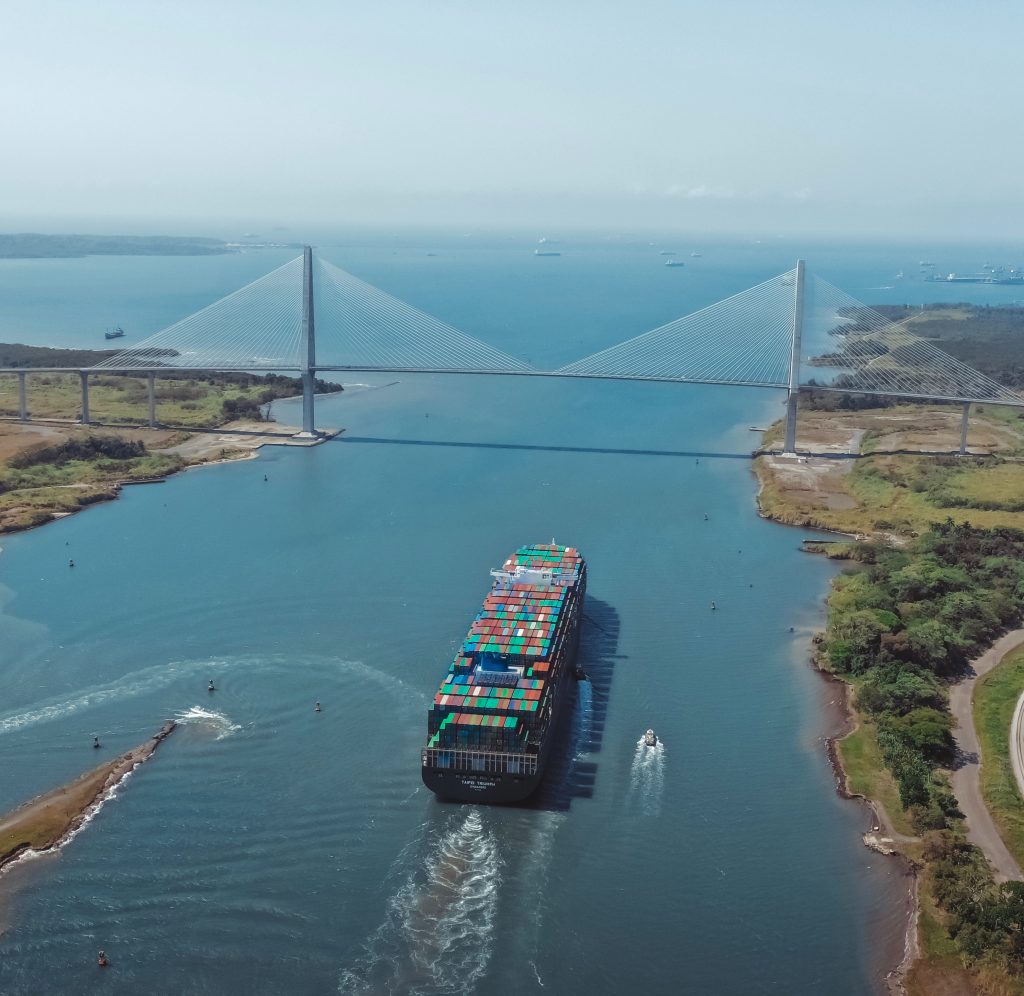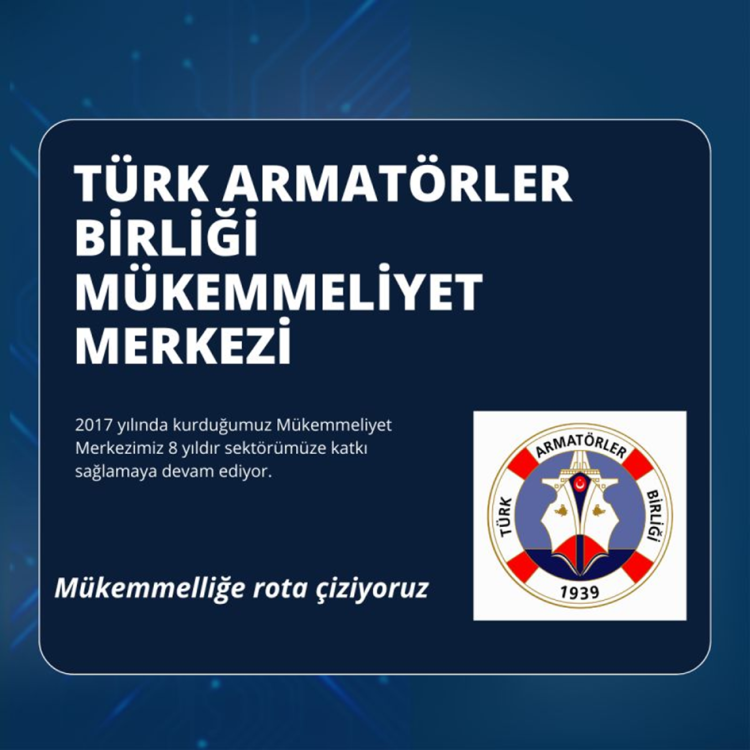

The International Maritime Organization (IMO) has implemented three regulatory measures to drive the short-term reduction of CO2 emissions by improving the energy efficiency of the world fleet.
The Energy Efficiency Design Index (EEDI) and the Energy Efficiency Existing Ships Index (EEXI) aim to rate the technical efficiency of ship designs by evaluating theoretical emissions from a vessel, its design characteristics, and installed equipment onboard. The Carbon Intensity Index (CII) focuses on the operational efficiency of a vessel, giving an efficiency rating based on reported fuel consumption, emissions, and transport work done throughout a calendar year. In 2013, the EEDI became the first of these regulations to enter into force and was applied to newbuilds only. Both the EEXI and the CII were introduced on 1 January 2023 and are applicable fleetwide.
A dedicated Mærsk Mc-Kinney Møller Center for Zero Carbon Shipping (MMMCZCS) working group was established to study the drivers and enablers for onboard energy efficiency. A subgroup of this working group focused on the role of regulations as a driver to reduce emissions from the global fleet. The subgroup investigated the impact of the three IMO measures as well as their implementation challenges and potential for improvement. This investigation was supported by a range of examples provided by MMMCZCS partner organizations.
Ambitious and clearly defined regulations could significantly reduce CO2 emissions by accelerating the adoption of energy efficiency technology (EET) and operations across the world fleet. However, while the current IMO regulations are well intended, they are not perfect and must overcome challenges to reach their full potential for impact.
With the implementation of the EEDI, the industry gained a common language on energy efficiency and standards. The measure came into force with clear and mandatory enforcement mechanisms, and its phased approach allowed for gradual preparation and uptake of different technologies over time. The first phase of the EEDI was impacted by poor market conditions and high bunker costs, which led to the introduction of slow steaming across the industry and thus significantly reduced the installed power needs on board new vessels. This reduction in installed power made it easy for new designs to comply with EEDI targets. In later phases, the EEDI has proven to be an effective mechanism for promoting the adoption of energy efficiency technical measures. The introduction of dual-fuel vessels during EEDI Phase 2 is blurring the picture on energy efficiency improvements, as a better EEDI rating can be gained using the conversion factor for the fuels the vessel is capable of consuming, thus missing the opportunity for greater energy efficiency improvements
The EEXI has leveled the reduction of available power onboard across vessel ages in the fleet and aligned older vessels with EEDI-compliant vessels. For most vessels, shaft or engine power limitation were the main options to achieve EEXI compliance because of their low cost and high impact on EEXI. Only limited older vessels and special tonnage have generally been retrofitted with additional energy efficiency measures for EEXI compliance purposes. This reduction of available onboard power is unlikely to lead to a short-term reduction of global CO2 emissions, since most vessels routinely operate at speeds requiring even less power than the new reduced power limits. However, in the future, the EEXI will limit the ability of vessels to speed up under favorable commercial conditions or to catch up on schedules due to port delays.
The implementation of the CII has driven an increased awareness of operational efficiency and provided a standardized framework for operational energy efficiency. Optimizing the CII rating of a vessel is challenging, requiring transparent collaboration among multiple stakeholders (shipowner, operator, charterers, technical managers, and ports and terminals). Because of this complexity, improvements in CII ratings are expected to initially come from operational measures such as speed reduction and vessel deployment changes, with the adoption of technical efficiency measures being limited. This effect is amplified by the operational nature of the CII rating, which means that two sister vessels deployed in different trades can very easily have different CII ratings.
The working group identified several areas where the CII could be strengthened. The current form of the regulations presents a risk that vessels will be able to increase their absolute CO2 emissions while improving or maintaining a given CII rating. This could be achieved by, for example, sailing longer routes or by lowering speeds and vessel utilization. Collaboration with MMMCZCS partners also highlighted some flaws of the annual efficiency ratio (AER) used to calculate the CII. Ideally, a new metric should be more inclusive and more holistically represent how the shipping industry operates. Furthermore, the CII has a soft enforcement mechanism, creating uncertainty about the benefits and consequences of attaining or failing to attain a given rating.
While the soft enforcement of the CII has raised some questions regarding its ability to reduce global emissions, there seems to be interest from across the industry in achieving compliance and in fully understanding the complexity of this measure. In the short term, we expect that the CII could be used as a market tool to drive commercial discussions. It is in this business role, rather than purely regulatory compliance, where we expect CII to have the biggest impact on reducing short-term emissions.
You can download the “The Role of Energy Efficiency Regulations” report here.
News Source: https://www.zerocarbonshipping.com/publications/the-role-of-energy-efficiency-regulations/
Image Source: https://www.pexels.com/tr-tr/
21.08.2023


